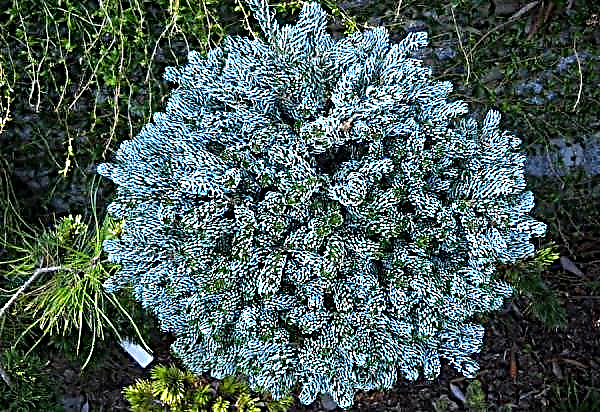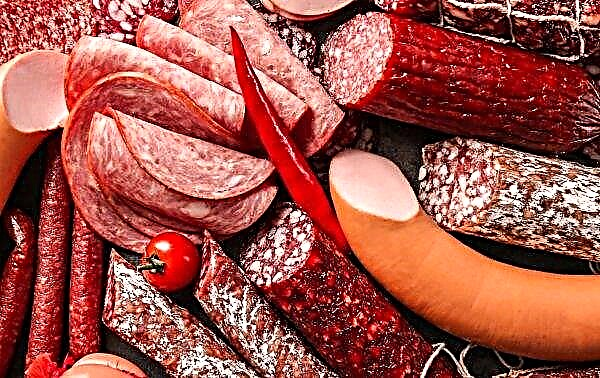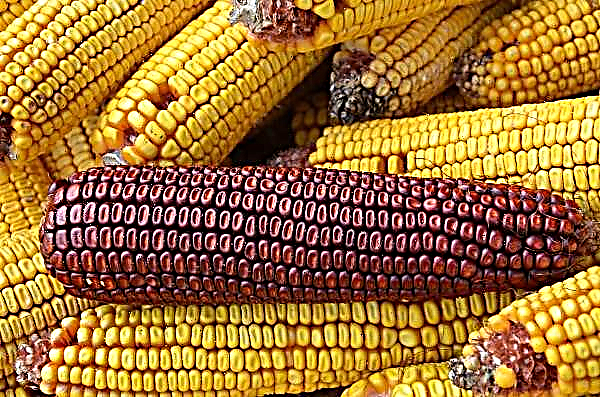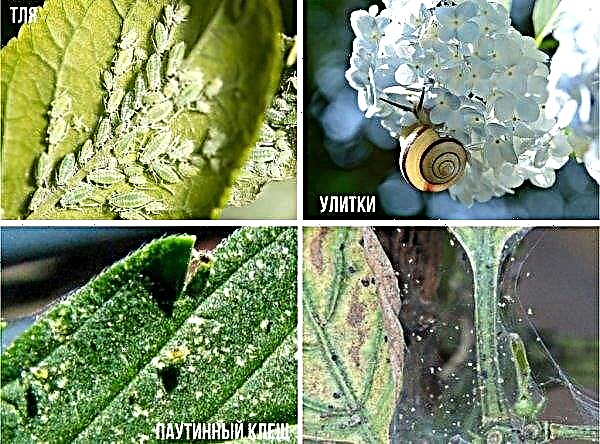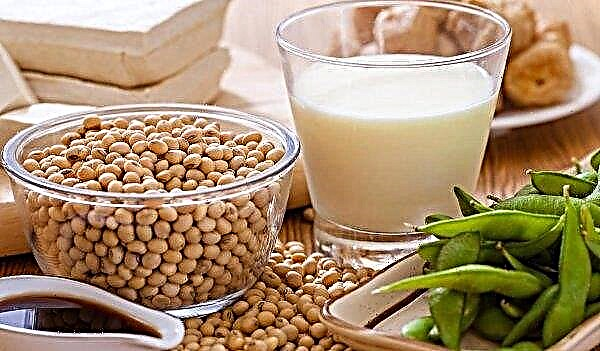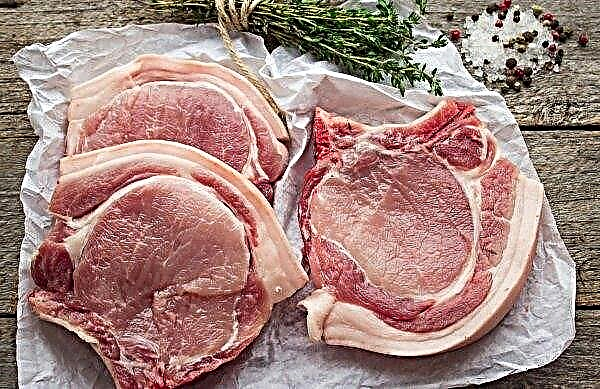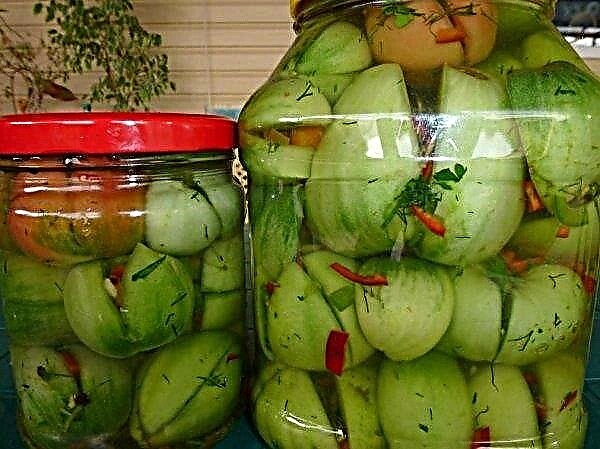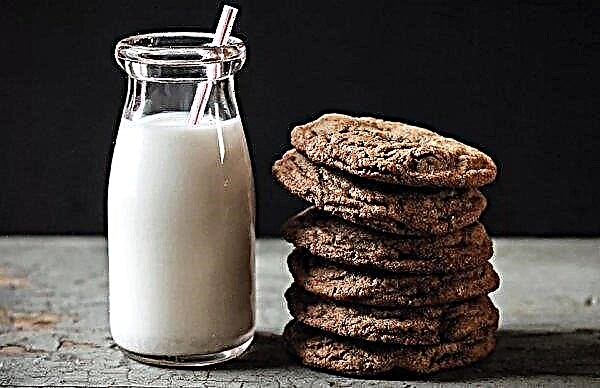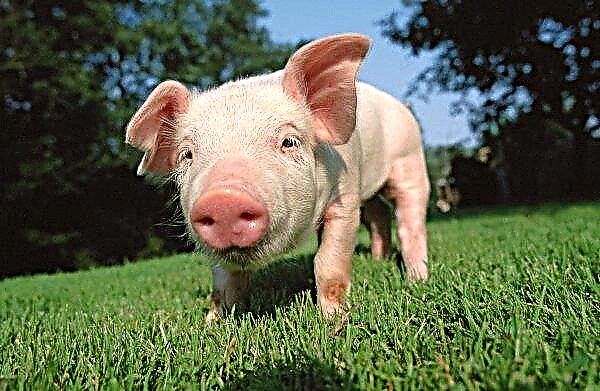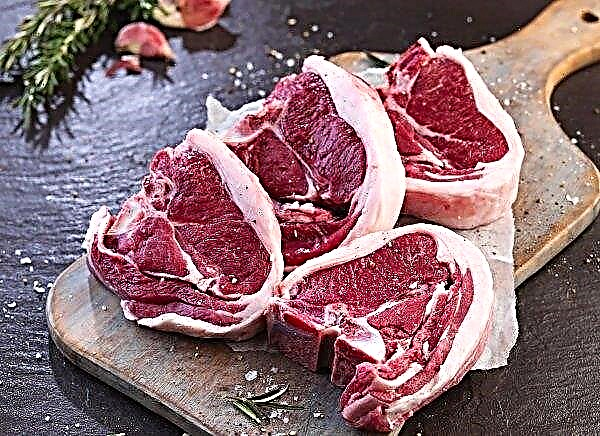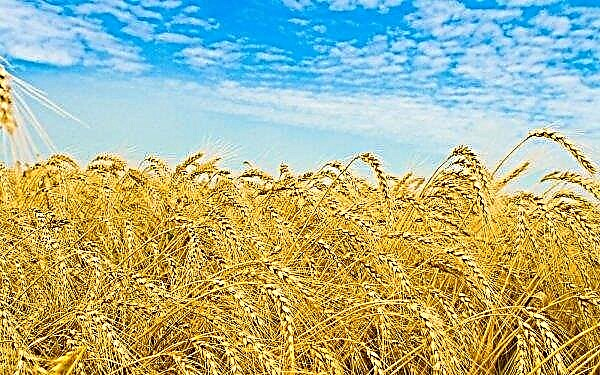For long-term storage of apples at home, it is necessary to carefully consider the choice of fruits, as well as create and maintain the necessary conditions. In this case, varieties suitable for storing for a long time will retain their appearance and nutritional values.
How to properly collect and prepare the crop for storage
As a rule, smooth ripe fruits of frost-resistant varieties are selected, which under normal conditions can be stored for 7 months.
- Do not put apples in the storage:
- with skin lesions (even minor);
- with marks from blows;
- worms;
- overripe;
- without stalks;
- washed apples.
If there are doubts about the quality and safety of the fetus, it is better to send it for processing. Baked apples, compote or preserves are much healthier than a box of spoiled vitamin product due to one damaged fruit. Ripening apples are best removed from the branches with your hands or special devices so that the peel and pulp are not damaged.

You also need to save the stalk. Harvested crops are sorted, and barely ripe or slightly unripe fruits without damage are selected for winter storage. Fruits taken from an adult tree are preferred — they lie longer than those taken from a young apple tree. It is necessary to shift the fruits manually and accurately, since laying the storage of damaged fruits can ruin part of the harvested crop.
No processing of apples is necessary, although some gardeners apply glycerin, dipped in potassium permanganate and perform other manipulations with chemical compositions. But all these operations lead to a violation of the natural wax layer on the surface of the skin.
Did you know? Several centuries ago, glass toys for the festive spruce did not exist, so apples were used as Christmas decorations.
Optimal conditions for long-term storage
Temperature and humidity are the main physical parameters that should be observed during long-term storage of fruits. Apples feel good at temperatures from 0 to + 2 ° C and humidity of about 80%. This mode can be provided on the balcony, in the basement, cellar and refrigerator.
For the refrigerator, this temperature range is slightly lower than usual, so the fruits are stored in a special compartment (in those models of equipment where it is provided for by the design). In such a cell, the necessary microclimate is maintained - the average between the usual shelf of the refrigerator with a small positive temperature and the shelf of the freezer with minus.
Ways to store apples in an apartment
You can store the fruits in the apartment in a variety of containers, in a place where the appropriate conditions are created.
Crate storage
Rather convenient containers are wooden boxes, cardboard or plywood boxes. Wooden boxes will reliably save the fruits from external physical influences and will significantly save space when installing them on each other in several floors.
Cardboard boxes are short-lived and susceptible to moisture - at high humidity, keeping apples in them for a long time will not work. To protect against mechanical stress, the fruits can be isolated from each other and from the walls of the container by wrapping them in a layer of wrapping paper or placing them in sawdust of hardwood.
 Stack fruit in neat rows, stalks up or slightly to the side. It is advisable to arrange the fruits in each “layer” in a checkerboard pattern so that apples of the upper order do not damage the lower stalks.
Stack fruit in neat rows, stalks up or slightly to the side. It is advisable to arrange the fruits in each “layer” in a checkerboard pattern so that apples of the upper order do not damage the lower stalks.
However, this is not always convenient, and with a large number of crops it is also extremely laborious. On boxes you can stick labels with the name of the variety and the date of installation. Thus, it will be easy to determine which fruits should be eaten or sent for processing earlier, and which shelf life has not yet expired.
In heat chambers
Modern technologies offer such a solution for storing vegetables and fruits as thermal chambers. On an industrial scale, these devices have been used for more than a year, but for home conditions they started to be released recently.
The cameras allow you to set all storage conditions in accordance with GOST, while in different compartments you can create a certain microclimate by setting the time interval - how long it will last.

You can control the operation of the unit (which set the temperature, humidity, airflow, etc.) remotely from a mobile device or a remote computer. Such a camera is expensive and suitable for those who have conditions in a private house for its placement and maintenance.
Features of refrigerated storage
Storage in the refrigerator, in addition to the need to observe the temperature regime, as mentioned above, has some nuances that must be taken into account. Ripe large fruits emit large amounts of ethylene gas.
It helps to accelerate the ripening of other fruits and vegetables, which are stored nearby, which can lead to premature spoilage. Therefore, a certain container or shelf should be allocated only for apples, insulating from neighboring shelves (for example, just covering it with thick paper).
Important! Fruits are placed in the refrigerator on the day of collection or the next day. If they were purchased at a point of sale, then they need to be stored immediately after purchase, because they could have been torn from a tree for a long time.
If the total temperature in the refrigerator is above + 5 ° C (as it usually happens), then the shelf life of apples will decrease. They should be inspected regularly, removing those that have begun to fade and dry out. Lowering the temperature below zero, even for a short period of time, can cause the flesh to freeze locally. This freezing will give rise to putrefactive processes.
Storage on the balcony
The content of the crop on the balcony or loggia has both pros and cons. Of the advantages, one can distinguish - compact storage, when the boxes are a small stack in the corner.

- The downside is the control of unstable temperature and the need to perform the following operations:
- cover containers with fruits when they freeze;
- ventilate (in order to pre-empt the state of waterlogging);
- regularly inspect and sort apples with the subsequent rejection of frozen or spoiled.
Balcony storage is convenient by the availability of fruits and quality control. But the balcony should be glazed and insulated, and the presence of controlled heating would be ideal.
Methods for long-term storage of apples in the cellar
With all the positive aspects of the above storage methods, the best preservation of fruits can be achieved in the cellar with the required humidity.
Did you know? About 2.5 thousand varieties of apple trees are grown in North America, but only one of them, Crabapple, is a native of this continent.
Before laying the harvest for storage, the fruit storage must be prepared: the walls of the cellar are bleached with lime, and the racks and all containers are washed with a weak solution of potassium permanganate.
For fruits of early autumn and autumn apple trees in the basement, it is necessary to maintain a temperature from -1 ° C to 0 ° C. Later varieties are well stored at temperatures up to + 4 ° C.
Shelf storage
Shelves are prepared: dried and covered with paper. After that, the apples are laid out in one layer with the stalks up at a minimum distance from each other, but without touching. Shelves are very diverse - with or without drawers, multi-tier or single-tier, located around the perimeter of the room, in the corner or in the middle.

The main condition for successful storage is ventilation, which will ensure the flow of fresh air and reduce the concentration of ethylene. Also, do not keep the fruits of different cultures in the same room, especially when it comes to joint content with potatoes or garlic - from the first apples will become starchy, and from the second - characteristic garlic notes on the palate.
In plastic bags and bags
You can store fruits in bags or canvas bags. For this, the fruits are selected in one size, placed in packages of 1-2 kilograms and tied. Packages are laid out on shelves, coasters or simply on a wooden floor.
How to store apples in the ground or sand?
Another way to store fruits in the basement is to sprinkle them with sand or earth. With a small crop, this technique gives good results.
This is done as follows:
Check also

- sand (earth) is dried, sieved and calcined;
- wooden or plastic boxes are washed with soapy water or a slightly pink solution of potassium permanganate;
- up to 10 cm of sand is poured at the bottom of the container;
- apples are stacked in random order at a distance of about 1 cm from each other and from the sides;
- the first layer is covered with sand;
- the second layer is laid in the same way;
- the second tier of fruits is also poured on top.
Paper storage
This method is even more time-consuming than falling asleep with sand, so it is used for especially valuable varieties or for a very small number of fruits that you really want to keep. Special plastic boxes or containers with cells for each fruit are best suited, but you can also use ordinary wooden or plastic boxes.

Each apple is carefully wrapped in several layers of paper (for example, paper towels) and placed in its cell with the stalk up. This storage method will allow the fetus to breathe, and the paper absorbs excess moisture, warms and isolates from contact with the "neighbor".
Shelf life of apples at home
Depending on the ripening time of the variety, the quality of the fruit, its shelf life and storage conditions, apples are able to remain for a very short period, and almost until the next harvest.
Summer varieties (Grushovka, Kitayka, Malba, etc.) begin to deteriorate after two weeks, and autumn varieties (Gala, Ligol) are able to lie down until the New Year. Late fruits (Freshness, Golden, Red Chief) have high winter hardiness, transportability and are stored longer - up to 7 months.
The fruit storage process is a responsible procedure where a careful approach is needed at every stage - from material selection to maintaining appropriate conditions. But all the time, labor and financial costs will more than pay off by the constant presence of fresh and tasty apples on the table.

